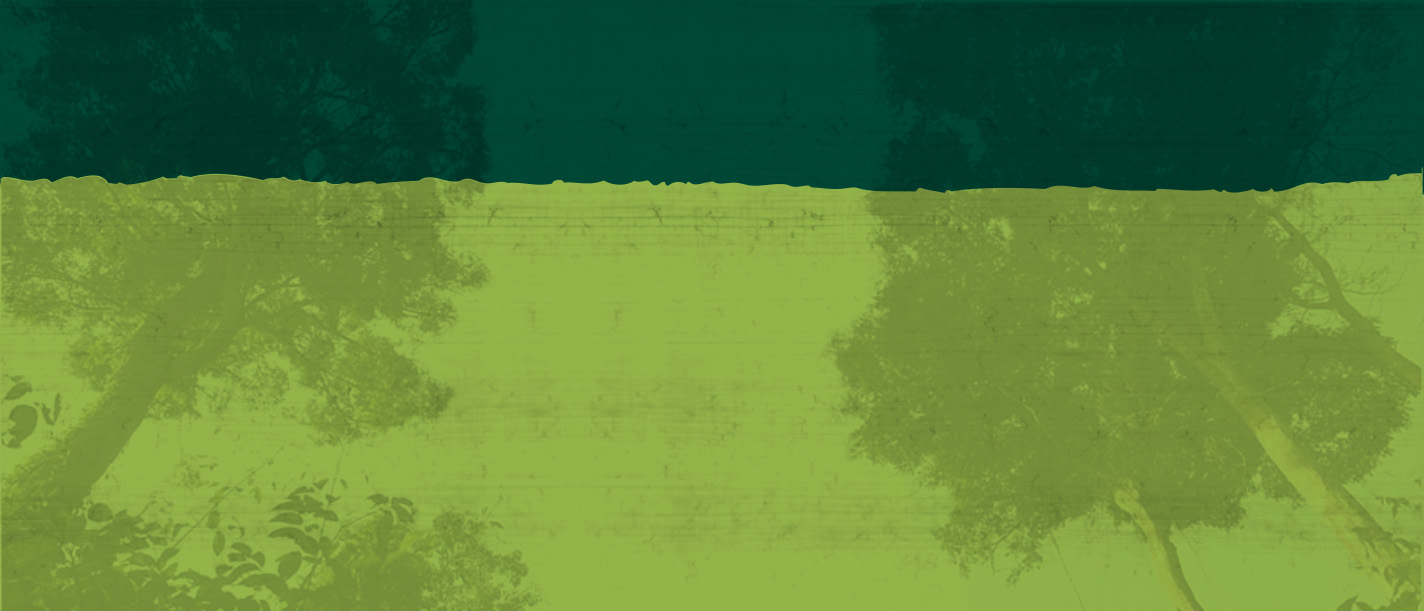News
Keeping busy in the Budongo Forest
March 24, 2016

It has been a typically busy month at the field station! For the first update I thought it would be interesting to share an overview of the variety of work that goes on at the Budongo Conservation Field Station (BCFS). Away from the field station, we attended a meeting of various national organisations involved with conservation and tourism development activities in Uganda. We hope to share our experience over the last 25 years with this forum and to contribute to national development plans. Our veterinary team were also involved in strategic discussions, participating in a meeting in Kibale District facilitated by the local community, Uganda Wildlife Authority and the district local government to discuss how local communities and wildlife can coexist outside protected areas. Research: The field station is usually a hive of research activity and February was no exception. As well as the ongoing tree phenology studies, the monitoring of spatial and temporal distribution of tree pollinating agents also resumed. We were pleased to host an Earthwatch team and there was an exciting discovery in the amphibian studies as a new species, Bufo regularis, was recorded on cultivated fields outside the forest. In the lab, chimpanzee fecal samples were screened for gastrointestinal parasites. Oesophagostomum still remains the most prevalent gastrointestinal parasite found among the Sonso (63%) and Waibira (77%) chimpanzee communities. We are also currently supporting nine Research students (four International and five Ugandan) who are studying a variety of topics, including chimpanzee behaviour, nutrient recycling in trees, threats to biodiversity and effectiveness of potential buffer crops that could mitigate wildlife-human conflicts. Work with the local community: Capacity building within local communities is a very important part of the work that we do at the field station. We are extremely proud of our alternative livelihoods programme, which provides vocational training for young people and women that are highly dependent on the forest for their livelihoods. Over the last month five, farmers attended a hands-on training session in fruit tree propagation through budding. The trainees are expected to pass this knowledge on to other farmers in their local communities upon their return. From our three agricultural demonstration gardens, a total of 400kg of soybean and carrots were harvested. This included 120 kg of the high quality MakSoy 3N variety that will be distributed as seed to beneficiaries over the coming planting season.We trained 12 rangers and tour guides at Kibale National Park in wildlife health monitoring, with a particular emphasis on detection of sick animals, sample collection, preservation and storage. And 166 animals belonging to 23 households were treated following a community training meeting held in Nyakafunjo Village on livestock health. Emphasis was placed on sanitation and animal housing requirements. Finally, the snare patrol team recovered a total of 148 snares, including 84 when the BCFS team was joined by former hunters as part of an agreement they sign when denouncing illegal hunting.
Looking ahead, we are excited to be offering a health promotion talk in partnership with Kinyara Health Clinic to benefit BCFS staff and neighbouring communities. We are also planning a one-week conservation training workshop, sessions with wildlife clubs in primary schools around the Budongo Forest Reserve, treatment of domestic animals in our neighbouring villages, as well as staff training in chimpanzee health monitoring at Budongo Eco-lodge. So potentially an even busier March! That’s all for now, I look forward to sharing further updates from the Budongo Conservation Field Station soon! JacinthaNalunga
Latest Articles
-
Launch of the “Budongo: Livestock for Conservation” Pilot Project
October 21, 2025
-
Revitalizing ornithology research at BCFS
November 30, 2024
-
Perspectives Collective Journal Launch
February 21, 2024
-
Snares are major threat to juvenile chimps in Budongo
November 25, 2022
-
Albino infant chimpanzee sighted in Sonso
September 07, 2021




